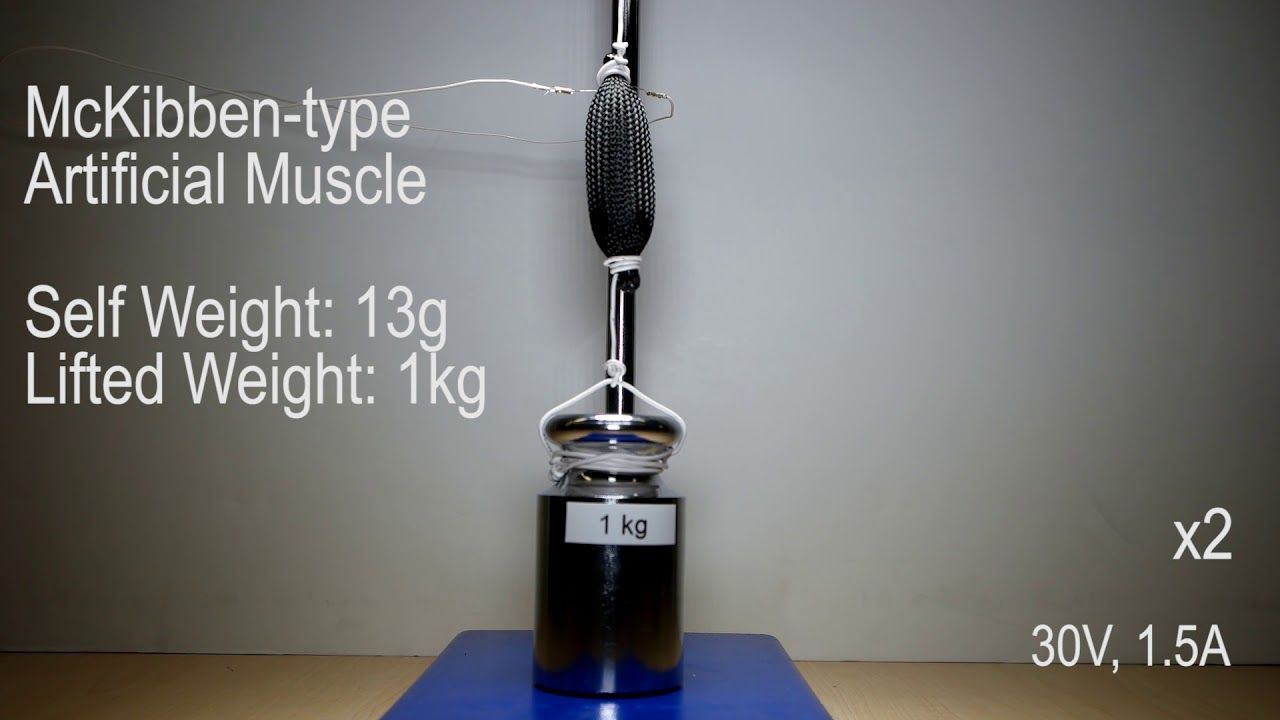Oct 1, 2017
The Senate Is About to Approve Commercial Sale of Self-Driving Cars (But Not Trucks)
Posted by Dan Kummer in categories: robotics/AI, transportation
Senators John Thune and Gary Peters reach a bipartisan deal.
By Minda Zetlin
Senators John Thune and Gary Peters reach a bipartisan deal.
By Minda Zetlin

When one of the first personal computers, the Altair 8800 came along in 1976, Microsoft was ready with a programming language, Altair BASIC. It wants to be equally prepared when quantum computers go mainstream, so it has unveiled a new programming language and other tools for the futuristic tech at its Ignite conference. You’ll still need to understand Qubits and other weird concepts, but by integrating traditional languages like C# and Python, Microsoft will make it easier to do mainstream computing on the complex machines.
Quantum computing is famously difficult to grasp — even IBM’s “Beginner’s Guide” is laughingly opaque. In discussing Microsoft’s new initiatives, Bill Gates called the physics “hieroglyphics,” and when asked if he could describe it in one sentence, Satya Nadella said “I don’t think so. I wish I could.”
Continue reading “Microsoft’s new coding language is made for quantum computers” »
Proponents of biology preprints argue they will accelerate the pace of science—and improve its quality—by publicizing findings long before they reach journals, helping researchers get rapid feedback on their work, and giving a leg up to young researchers who don’t yet have many publications. Some see little difference between posting a preprint and presenting unpublished findings at a meeting, except that the preprint audience can be far larger.
Many biologists remain wary, however. Some worry that competitors will steal their data or ideas, or rush to publish similar work. Others predict that preprint servers will become a time sink, as scientists spend hours trying to sift through an immense mishmash of papers of various quality. And some researchers fear that easy, rapid publication could foster preprint wars—in which the findings in one preprint are quickly attacked in another, sometimes within hours. Such online squabbles could leave the public bewildered and erode trust in scientists.
Biologists are posting unreviewed manuscripts in record numbers. But many are still not sure it’s a good idea.
Continue reading “Are preprints the future of biology? A survival guide for scientists” »
Bacillus probiotics health benefits have been until now quite poorly studied in the elderly population. This study aimed to assess the effects of Bacillus subtilis CU1 consumption on immune stimulation and resistance to common infectious disease (CID) episodes in healthy free-living seniors.
One hundred subjects aged 60–74 were included in this randomized, double-blind, placebo-controlled, parallel-arms study. Subjects consumed either the placebo or the probiotic (2.10B. subtilis CU1 spores daily) by short periodical courses of 10 days intermittently, alternating 18-day course of break. This scheme was repeated 4 times during the study. Symptoms of gastrointestinal and upper/lower respiratory tract infections were recorded daily by the subjects throughout the study (4 months). Blood, saliva and stool samples were collected in a predefined subset of the first forty-four subjects enrolled in the study. B. subtilis CU1 supplementation did not statistically significantly decrease the mean number of days of reported CID symptoms over the 4-month of study (probiotic group: 5.1 (7.0) d, placebo group: 6.6 (7.3) d, P = 0.2015). However, in the subset of forty-four randomized subjects providing biological samples, we showed that consumption of B.
To reduce the damage to his brain and organs, Brooks was rushed to the University of Pennsylvania, where Dr. Lance Becker and his team cooled the young man’s core temperature to below 90 degrees Fahrenheit—a process called “induced hypothermia.” This is often done to cardiac arrest patients, either by injecting them with a cold saline solution or placing ice packs on them to increase their chances of complete recovery.
The dose of cold saved his life. Brooks had no brain damage, a remarkable feat that has led doctors to explore more ways to use induced hypothermia in emergency settings.
Now Dr. Sam Tisherman and his team at the University of Maryland, in collaboration with the University of Pittsburgh, plan to put 10 patients into a more severe form of hypothermia than what Brooks got, something known as “suspended animation.” They’ll flush their bodies with a cold fluid, cooling (and therefore preserving) tissue. The experimental trial, known as emergency preservation and resuscitation for cardiac arrest from trauma ( EPR-CAT), is funded by the U.S. Department of Defense, and it is the first time doctors are harnessing profound hypothermia (pushing body temperatures to as low as 50 degrees) to save lives.
Continue reading “Freezing People After Heart Attacks Could Save Lives” »

The classic image of a robot is one clad in a rigid metal shell, but that might not be practical in situations where man and machine will need to work together. The emerging field of soft robotics is helping to make that collaboration safer, but recreating muscle is no easy task. Now, mechanical engineers from Columbia University have developed a synthetic soft muscle that’s said to be much more simple to make and run than others, and is three times stronger than the real thing.
Most soft robots are powered by pneumatic or hydraulic systems, with their movements controlled by filling and emptying bladders with liquids or gases. The problem is, that usually requires bulky external components like compressors, which prevent the systems from being shrunk down to practical sizes.
Continue reading “3D-printable synthetic muscle is three times stronger than you” »
Chinese scientists used an adapted version of a controversial gene-editing technique to correct a disease-causing mutation in human embryos, a medical first cautiously hailed by other experts Thursday.
The team used a so-called “base editor”—an adaptation of the CRISPR-Cas9 DNA snipping tool—to correct a single, mutated “letter” among about three billion in the intricate coding of the human genome.
The targeted mutation can cause humans to be born with beta-Thalassaemia, a potentially fatal genetic blood disorder.
Microsoft looks to the future with the upcoming release of its own quantum computing programming language.
